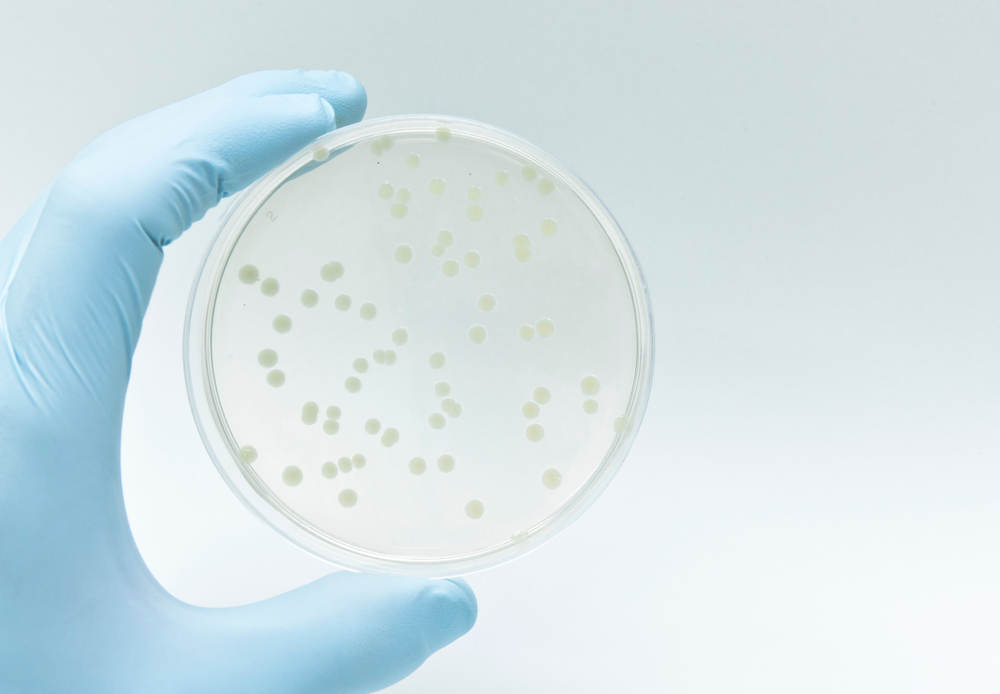Stable, Plant-based Photoactive Antimicrobial Agent

KEY INFORMATION
Chemicals - Inorganic
TECHNOLOGY OVERVIEW
Antimicrobial resistance developed due to the overuse of conventional antimicrobial agents in surface coatings and consumer products is a global concern for treatment of infectious diseases in recent years. To address this concern, US FDA has banned the use of a number of conventional antimicrobial agents in consumer and healthcare products such as hand soaps and hand sanitisers. This raises the importance of alternative antimicrobial agents in antiseptic products.
Photoactive antimicrobial agents are effective alternatives which produce highly reactive oxygen species (ROS) when activated by light. These reactive oxygen species display broad-spectrum biocidal activity that destroy microbes by a multi-targeted killing mechanism, which may limit the development of antimicrobial tolerance or resistance.
The researchers have developed a stabilised form of a plant-based antimicrobial agent to protect it from environmental degradation. The enhanced environmental stability of this natural photoactive antimicrobial agent has made it suitable to be incorporated in various materials for the self-sterilising product applications and may provide a “greener solution” to limit the spread of pathogens and transmission of infections by indirect contact.
TECHNOLOGY FEATURES & SPECIFICATIONS
The photoactive antimicrobial agent used is obtained from a plant which is cheap and easily available. This agent has been demonstrated in scientific literature as a natural antimicrobial as well as a photosensitiser that has broad-spectrum activity against virus, bacteria, fungus and parasites.
The stabilisation of the antimicrobial agent is achieved by a single step chemical reaction. Elemental and spectroscopic analyses of the stabilised product have shown that it is more stable in the environment than its natural precursor. The photosensitisation and antimicrobial properties of the natural compound are retained after the stabilisation treatment. The preliminary studies demonstrate antimicrobial activity by visible light activation.
Several methods are being developed to incorporate this antimicrobial agent in various polymers for different applications such as self-sterilising surface coating.
POTENTIAL APPLICATIONS
This stabilised form of the natural photoactive antimicrobial agent can be incorporated into coating formulations to develop antimicrobial coatings for diverse surfaces including plastics, leather, wood, concrete and metal.
In addition, being developed from the natural source of plant origin, this agent may have potential applications in fabric dye, personal care products and packaging materials.
The team is open to collaborate with industry partners to develop and validate the antimicrobial formulation for various potential applications.
Unique Value Proposition
The technology can be used as a form of infection control measure to create self-sterilising contact surfaces that limit the spread of pathogens by indirect contact. Plant-based photoactive antimicrobials are more sustainable and environmentally friendly than conventional antimicrobials.
